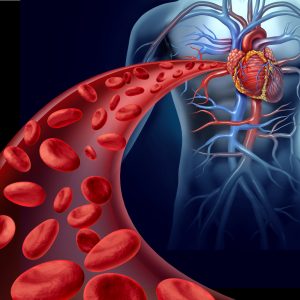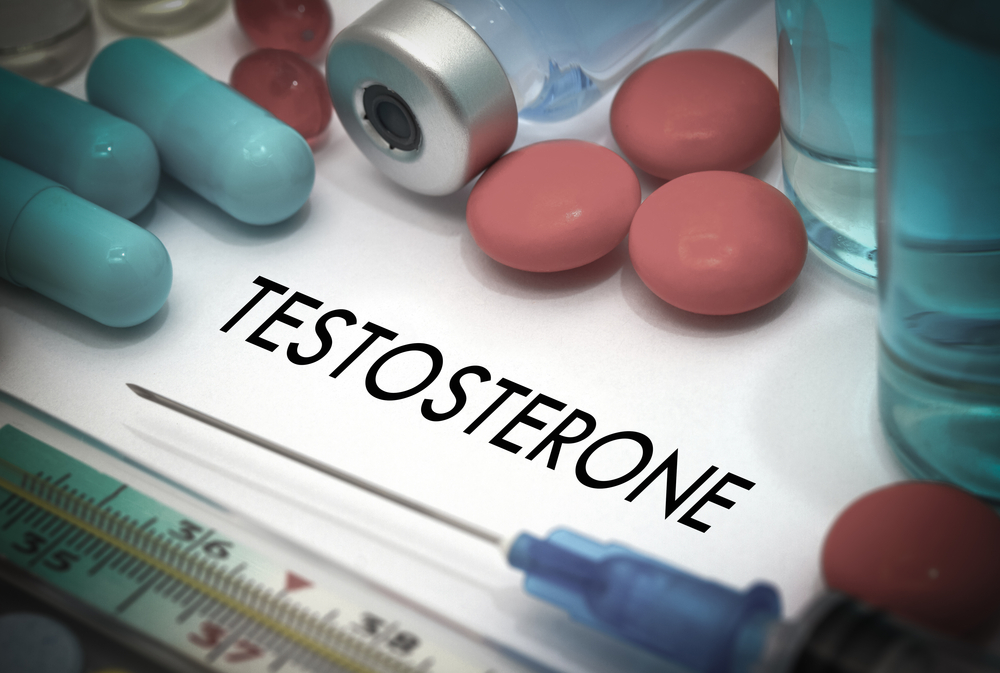Testosterone is the main male sex hormone. From childhood throughout adulthood, it plays an important role in numerous bodily functions and processes in men, including:
1. Regulation of sexual desire or libido
The intensity of your sex drive is determined by how much testosterone your body produces. If your testosterone levels drop, your desire for sex will diminish.
2. Production of sperm
To produce large amounts of good quality sperm, your body needs high levels of testosterone. Otherwise, you will not be able to produce enough, and have an increased risk of infertility.
3. Development of bones and muscles
To grow and build strong bones and muscles, your testosterone levels should be within the normal and ideal range. Men with low testosterone in their bodies have an increased risk of bone loss, weak muscles, osteoporosis, and other disorders.
4. Distribution of body fat
Having enough testosterone in the body protects you against excess stored fats, high cholesterol, obesity, and other diseases.
5. Production of new red blood cells

Testosterone aids in the production of sufficient amounts of red blood cells for proper blood circulation and flow. If there is a shortage of testosterone in the body, the risk of heart and cardiovascular problems rises.
6. Mood management
If your body produces enough testosterone, you can protect against stress, anxiety, depression, and various other mental health issues.
7. Prevention of erectile dysfunction
Men with normal testosterone levels are less likely to develop erectile dysfunction than men with low testosterone, as testosterone promotes efficient blood flow to the penis for hard and long-lasting erections.
8. Decreased risk of infertility
Because testosterone takes on a key role in your body’s sperm production, having normal testosterone levels allow consistent creation of high amounts of sperm that have good structure and motility for fertilization and reproduction.
What are the normal testosterone levels in men?
Testosterone levels in men vary as they age. They tend to increase from birth to puberty to around 19 or 20 years old, and then slowly decline year after year after age 30.
Below are the normal testosterone levels in men (measured in nanograms per deciliter or ng/dL) per age group, according to medical professionals:
- Puberty stage (from around 10 to 14 years old): <7 – 1,200 ng/dL
- 15 years old to 16 years old: 100 to 1,200 ng/dL
- 17 years old to 25 years old: 300 to 1,200 ng/dL
- 25 years old to 29 years old: 257 to 1,081 ng/dL
- 30 years old to 49 years old: 201 to 993 ng/dL
- 50 years old to 59 years old: 170 to 918 ng/dL
- 60 years old and above: 130 to 900 ng/dL
How do you measure your testosterone levels?
To know how much testosterone you have, you need to undergo a testosterone level test. You should go to a health facility to get your blood sample taken and submitted to a laboratory for examination.
If your test results show that your testosterone levels fall below the normal testosterone levels, this means your testosterone levels are low. You have to talk to a doctor about what low testosterone treatment to take to get your testosterone levels back up to normal.
What are the different treatment options to boost low testosterone levels?
Usually, men with low testosterone are prescribed by their doctors to take testosterone therapy to increase their testosterone levels. There are several kinds of testosterone therapy treatment, and they are administered in different ways.
- Testosterone injections
These are injected into the muscle, typically of the upper arm, to introduce testosterone into the bloodstream. They are usually administered once every few weeks.
- Testosterone gels
These are applied onto the skin in small amounts to allow testosterone absorption into the bloodstream.
- Testosterone patches
These are skin patches that contain testosterone, and they are usually applied onto the shoulder, neck, or arm. There are also certain testosterone patches that are applied inside the mouth.
- Testosterone pellets
These can increase testosterone in the body by inserting the pellets under the skin of your bottom or buttocks.
What are the side effects of these low testosterone treatment options?
Sometimes, taking testosterone therapy treatment to boost testosterone levels can trigger side effects that can bring about pains and discomforts. Some of the most common low testosterone treatment side effects are:

- More frequent urination
- Decrease in size of the testicles
- Fluid retention
- Reduced sperm production
- Increased aggression
- Oily skin
- Acne, pimples, and other skin blemishes
To avoid experiencing these side effects, it is best that you consult a doctor before starting any testosterone treatment. You should not attempt to self-medicate or purchase any product without your doctor’s prescription.
Are there other ways to increase testosterone?
Aside from testosterone therapy treatment, you can increase your body’s testosterone levels by making healthy lifestyle choices. Below are natural ways you can boost your testosterone production:
Lose weight
Being overweight or obese is detrimental to your body’s ability to produce testosterone. So, to increase your testosterone levels, you should shed off those excess pounds and get down to a healthy weight. Eat more fruits and vegetables and be more physically active.
Eat testosterone-boosting foods
There are many healthy foods that contain essential vitamins and minerals that can naturally raise your testosterone levels. One good example is tuna, which contains high concentrations of vitamin D, a nutrient that aids in improved testosterone and heart function. Other examples are oysters and shellfish, which are overflowing with zinc, a vital nutrient for hormone balance and production in the body.
Exercise on a regular basis
Committing to a regular exercise regimen is greatly beneficial for your testosterone levels. If you can allot 20 to 30 minutes of your day, three or four times a week to exercising, such as brisk walking, running, swimming, biking, weight lifting, or high-intensity interval training, you can naturally boost your testosterone production, and also strengthen your heart, lungs, brain, muscles, and other vital organs.







